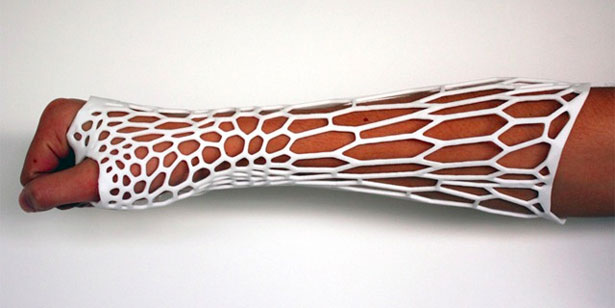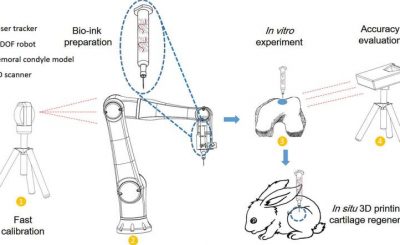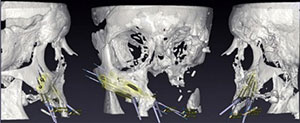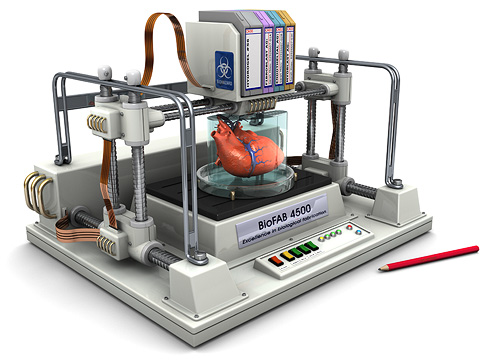Looking for something challenging to 3D print? How about one of the most complex 3D dimensional structures that exist and that make up the most efficient and powerful computing apparatus that we know of? Yale researchers 
A neuron is an electrically excitable cell that processes and transmits information through electrical and chemical signals (source: Wikipedia). Neurons make up the brain and the spinal chord in the central nervous system and consist of a cell body (soma), dendrites, and an axon. The dendrites, in particular, are extremely long and thin filaments and, thus, represent one of the most challenging shapes to reproduce physically through 3D printing.
 The entire project, led by Robert A. McDougal and Gordon M. Shepherd of the Department of Neurobiology at Yale University, actually involves all aspects of 3D printing, not just the final materialisation itself, but also the use of a Python-based software process and complex algorithms to create the 3D models. Then, a careful selection of technologies carry out the printing.
The entire project, led by Robert A. McDougal and Gordon M. Shepherd of the Department of Neurobiology at Yale University, actually involves all aspects of 3D printing, not just the final materialisation itself, but also the use of a Python-based software process and complex algorithms to create the 3D models. Then, a careful selection of technologies carry out the printing.
Over the past decades, scientists have three-dimensionally traced tens of thousands of neurons; many of these tracings are freely available through online repositories like NeuroMorpho.Org and ModelDB. The process for generating printable versions of the cells begins with the expansion of the dendrite and axon diameters, followed by the transformation of the tracing into a 3D object through a neuronal surface generating algorithm like  The first step – as mentioned earlier – is to make the dendrite diameters comply with the technologies’ minimum requirements. Considering the 1 mm minimum that Shapeways recommends for its laser-sintered nylon 12 (one of the approaches used by Yale), this means that, with accurate proportions, a neuron cell model could measure more than half a meter in length and it would probably collapse under the pull of gravity.
The first step – as mentioned earlier – is to make the dendrite diameters comply with the technologies’ minimum requirements. Considering the 1 mm minimum that Shapeways recommends for its laser-sintered nylon 12 (one of the approaches used by Yale), this means that, with accurate proportions, a neuron cell model could measure more than half a meter in length and it would probably collapse under the pull of gravity.
Once the diameters have been modified, the neuron model meshes are made watertight by using Meshmixer software. Finally, the models are scaled down to printable size with 
While the opportunity to study physical 3D models of the neurons opens up a broad range of possibilities for scientists, arguably the biggest achievement of the Yale project is the establishment of the 3DModelDB repository for sharing the 3D printable neurons for educational and collaborative research purposes.
Once again, though, one of the most fascinating aspect of all this is how similar the experience of top Yale researchers is to that of a Maker, 3D printing away on his or her desktop. In fact, as the study’s authors themselves point out: “Researchers with their own printers may push the boundaries of their hardware as much as they want by risking print failure, but for those like ourselves, using commercial printers, we are limited by what the service is willing to attempt to print.” Anyone wanting to take up this challenge, here is the link to the “Neuroverse” where you can download the neuron models.





